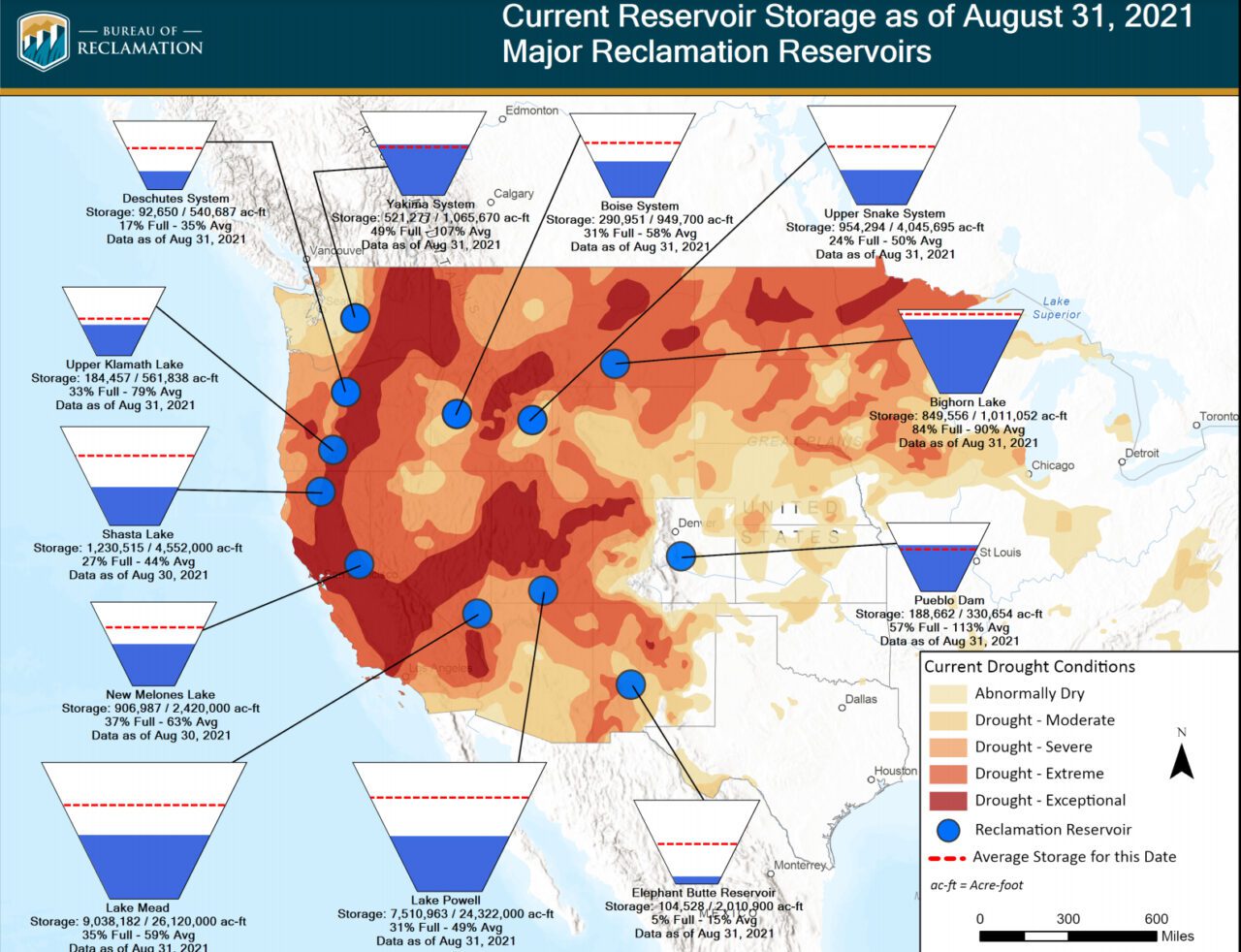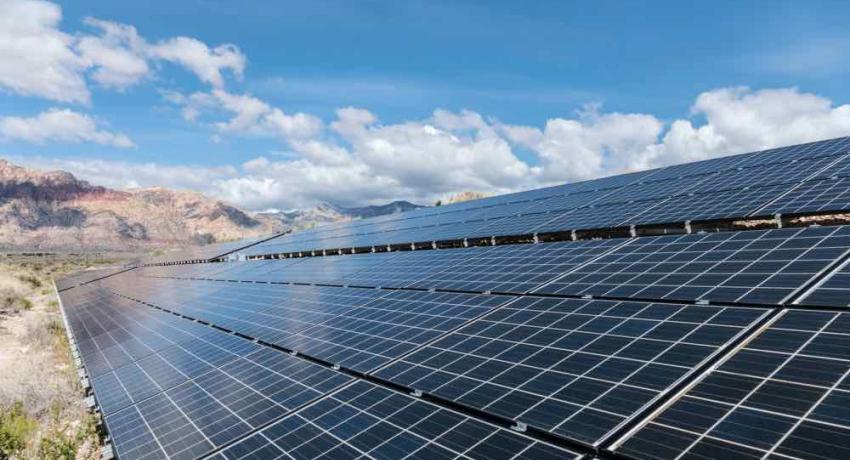Masdar, UAE’s green energy producer, plans to double capacity this year
hydrogen uae
Energy Central…
Your Source for Energy Jobs & Industry News
hydrogen uae
Energy Central…
The post Drought-Crippled Hoover Dam, Glen Canyon Hydropower Plants Operating at Substantially Decreased Capacity appeared first on POWER Magazine.

The iconic 2-GW Hoover Dam and 1.3-GW Glen Canyon Dam hydropower plants are operating at substantially reduced capacity, paralyzed by enduring drought conditions across the West, the U.S. Bureau of Reclamation (USBR) has revealed.
Weeks after USBR on Aug. 16 declared the first-ever federal water shortage at Lake Mead, the agency told POWER this week that deteriorating storage levels at the Colorado River’s largest reservoir are posing hurdles for power production from Hoover Dam. The situation could have new implications for Los Angeles and other parts of Southern California, Arizona, and Nevada, which take the bulk of the allocated firm energy that the plant produces.
“Lake Mead is at its lowest level since being filled, resulting in a decrease of about 25% of Hoover Dam’s generating capacity,” Rob Manning, chief of USBR’s Public Affairs, said on Monday. While Hoover’s normal capacity is 2,074 MW, it’s currently 1,567 MW.…
The post Solar Industry Adds Record Capacity in 2020 in Spite of Pandemic appeared first on POWER Magazine.

The U.S. solar industry installed a record 19.2 GWdc of photovoltaic (PV) capacity in 2020, a 43% increase from 2019, according to a report released by the Solar Energy Industries Association (SEIA) and Wood Mackenzie. The numbers are particularly impressive considering the world was dealing with unique challenges as a result of COVID-19.
“After a slowdown in Q2 due to the pandemic, the solar industry innovated and came roaring back to continue our trajectory as America’s leading source of new energy,” said SEIA President and CEO Abigail Ross Hopper. “The forecast shows that by 2030, the equivalent of one in eight American homes will have solar, but we still have a long way to go if we want to reach our goals in the Solar+ Decade.”
Solar accounted for 43% of all electricity-generating capacity added in the U.S. in 2020 (Figure 1), representing solar power’s largest-ever share of new generating capacity and ranking first among all technologies for the second year in a row.…
The possible new operator of the largest coal-fired power plant in the western U.S. told Arizona regulators this week the company would run the Navajo Generating Station (NGS) at less than half its installed generation capacity in order to maintain profitability. An official for Illinois-based Middle River Power (MRP) also said the plant would operate with fewer workers and would pursue a new lease and coal supply agreement.
The current owners of the 2,250-MW Navajo station in Page, Arizona, which include Arizona Public Service (APS), have said they plan to close the plant in 2019 unless it can be sold. Negotiations are continuing with New York-based Avenue Capital Group, a global investment firm that invests in distressed companies and the distressed debt market, as the potential new owner, with MRP—headquartered in the Chicago suburb of Deerfield—as the potential new operator. Russell Begaye, president of the Navajo Nation on whose land the plant sits, recently said a lease agreement with Avenue Capital and MRP could be discussed by tribal lawmakers at a meeting in October.…
The U.S. Energy Information Administration’s (EIA’s) latest report on the nation’s power generation inventory expects 32 GW of new capacity will enter commercial service this year, the most in at least at decade. And for the first time in five years, renewable energy sources will not make up the majority of that new generation.
Nearly all the new generation that came online in the first two months of this year—98% of the 2 GW added in January and February—was renewable, mostly solar and wind. But the rest of the year will belong in large part to natural gas-fired generation; EIA expects about 21 GW of gas-fired power will enter service by year-end 2018, according to planned online dates in EIA’s Preliminary Monthly Electric Generator Inventory report.
EIA on May 7 discussed the data in its online Today in Energy report. The agency said that based on project in-service dates, this will be the first year since 2013 that renewable energy sources will not comprise the bulk of new generation.…
Global new renewable power capacity grew in 2016 even as global new investment in renewables dropped, according to a report commissioned by the United Nations Environment Program out April 6.
The Global Trends in Renewable Energy Investment 2017 report found that global investment in renewables—excluding large hydro—fell in 2016 by 23% to $ 241.6 billion. That total represented the lowest global investment since 2013.
Global renewable power capacity grew 8% in 2016. “Wind, solar, biomass and waste-to-energy, geothermal, small hydro and marine sources between them added 138.5GW, up from 127.5GW in the previous year,” according to the report.
The reason for the drop in investment is twofold, the report says. “One was lower costs, with average dollar capital expenditure per MW down by more than 10% for solar photovoltaics, onshore wind and offshore wind, improving the competitiveness of those technologies,” according to the report. “The other was not so positive – there was a marked slowdown in financings in China, Japan and some emerging markets during the course of the year.…